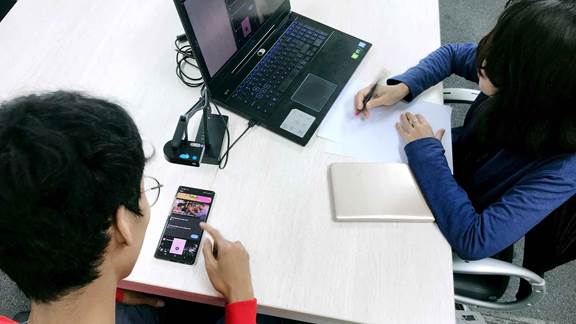When an app’s design is novel or unexpected, the process for testing whether it can be used without introduction becomes critical. Fortunately an often overlooked discipline can help. By simply observing how ‘real’ users use the product, a robust app usability testing process allows app developers to answer some of their biggest concerns before a product reaches real customers’ hands.
At Kin + Carta we deliver products that create unique and ownable experiences for brands. Effective usability testing is critical for success and cracking that process is something we’re continually striving to master. Drawing on our own experience and the approach of Steve Krug, author of Don’t Make Me Think, we’ve trialled and optimised various product testing methods. Here are two key learnings for effective usability testing.
